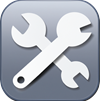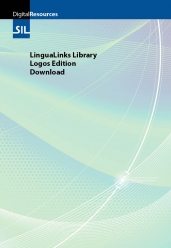Software Products Catalog
Our Software
At SIL, we create software that helps people everywhere use their computers, tablets, and smartphones in their own language. Our software catalog features everything from modern linguistic analysis tools to classic text processing programs with a rich history.
Looking for Fonts?
See all SIL Fonts in our Font Catalog.
Software Catalog
ℹ️ You can filter software by category or operating system, or use the search box.
👥 Please contact the Language Technology team if you have questions or need assistance.



































